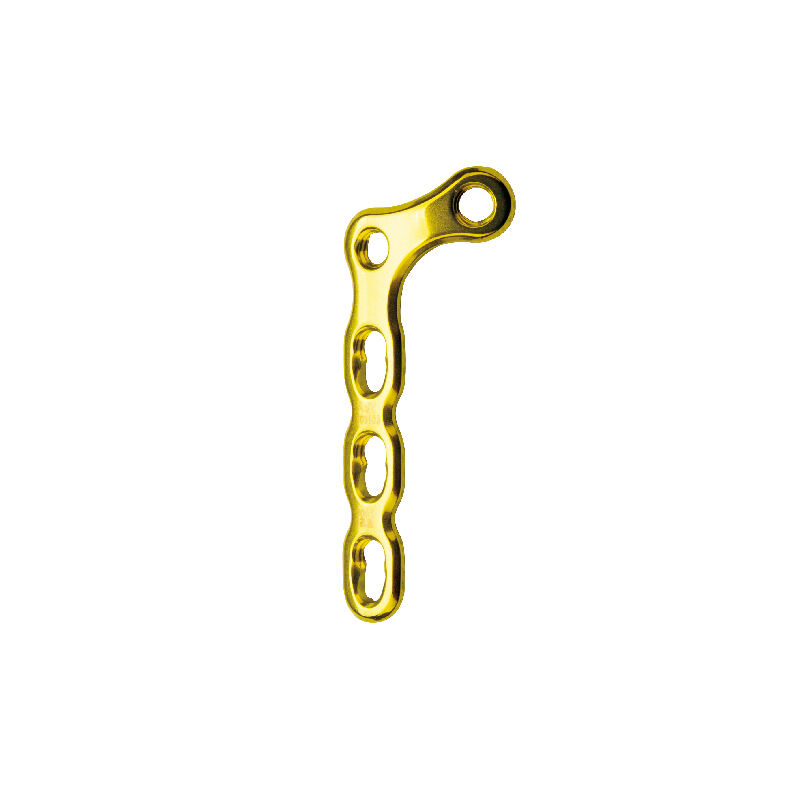Introduction
Abstract Purpose–During the last 2 decades, there has been an evolution of devices in the field of orthopaedic surgery for treatment of fractures and one such innovation is trauma locking plates. Such devices have contributed to stabilization of fracture fixation and the healing potential in such patients. ObjectivesTo review the background, mechanisms and advantages of trauma locking plates, expanding clinical applications and future directions.
Historical Context
Splints, casts and some surgical methods are used to treat fractures since thousands of years ago [2]. Platting changed from basic bone ownership to a compression of the bone against a metal plate with screws due to advances in medicine. These methods were used successfully in the past but had disadvantages including soft tissue injury and unacceptably high rates of malunion or nonunion.
Emergence of Locking Plates
The move away from traditional fracture management began with locking plates in the early 2000s. These fixed-angle devices of the newer generation of implants represent a paradigm shift from conventional plating techniques, as they can maintain stable fixation independent of the friction between plate and bone. In fact, much of the extremely influential work on creating these plates was performed by engineers and scientists who recognized that there should be a better way to stabilize fractures without such invasive treatment.
Mechanisms and Advantages
When the screws lock directly into plate, a fixed-angle device with an interlocked construct providing high degrees of stability is created5. This is in stark contrast with traditional compression-stable plates. The biomechanical principle of locking plates enables excellent stability and load transfer, preserves blood supply to fracture ends and overlying soft tissue, is associated with lower infection rates even in contaminated wounds thus enhancing healing potential.
Clinical Usage and Beyond
Background: The indications of trauma locking plates have expanded greatly lately. They have gained popularity with respect to the management of apparatus osteoporosis splits, intricate and devoted splits as well as particular along with intraarticular splits. This represents a significant improvement over historical techniques, with case studies indicating improvements in both stability and healing times. Locking plates are certainly not without problems, eg., implant failure and infection, but overall they are considered advantageous.
Advances in Technology
Although locking plate design has innovated with variable angle locking constructs, and advances in material properties and coatings have resulted in some effective clinical applications. These modifications have also increased how well plates can accommodate deformity as well as improved wear and corrosion resistance. Minimally invasive surgical techniques have also evolved, causing less trauma to surrounding soft tissues and which may mean quicker recovery times for patients.
Looking ahead: Trauma Locking Plates
The future of trauma locking plates does look bright as the technology becomes more sophisticated by the day. New materials, like biodegradable plates that are stable at first but crumble as the bone grows back over time, are under continued development. Also, other promising imaging and navigation systems are combined with locking plates that will further reduce complication rates as well as facilitate clinical outcomes.
Conclusion
One of the technological innovations in surgical fracture treatment is the design of trauma locking plates. Ever since, these devices have changed the way in which complicated fractures were being managed leading to better results and early rehabilitation of the patient. Technological evolution has set the stage for complementary developments in trauma locking plates, which seem to have a bright future in orthopedic surgery.
Looking to the future, continued innovation in this area of care may provide even better fracture treatment options for patients suffering from fractures. The changing aspects of these plates exhibit the never-ending development within the field of orthopedic surgery focusing on providing better care to those patients suffering from fractures.
 EN
EN
 FR
FR
 ES
ES
 AR
AR

